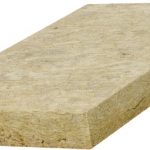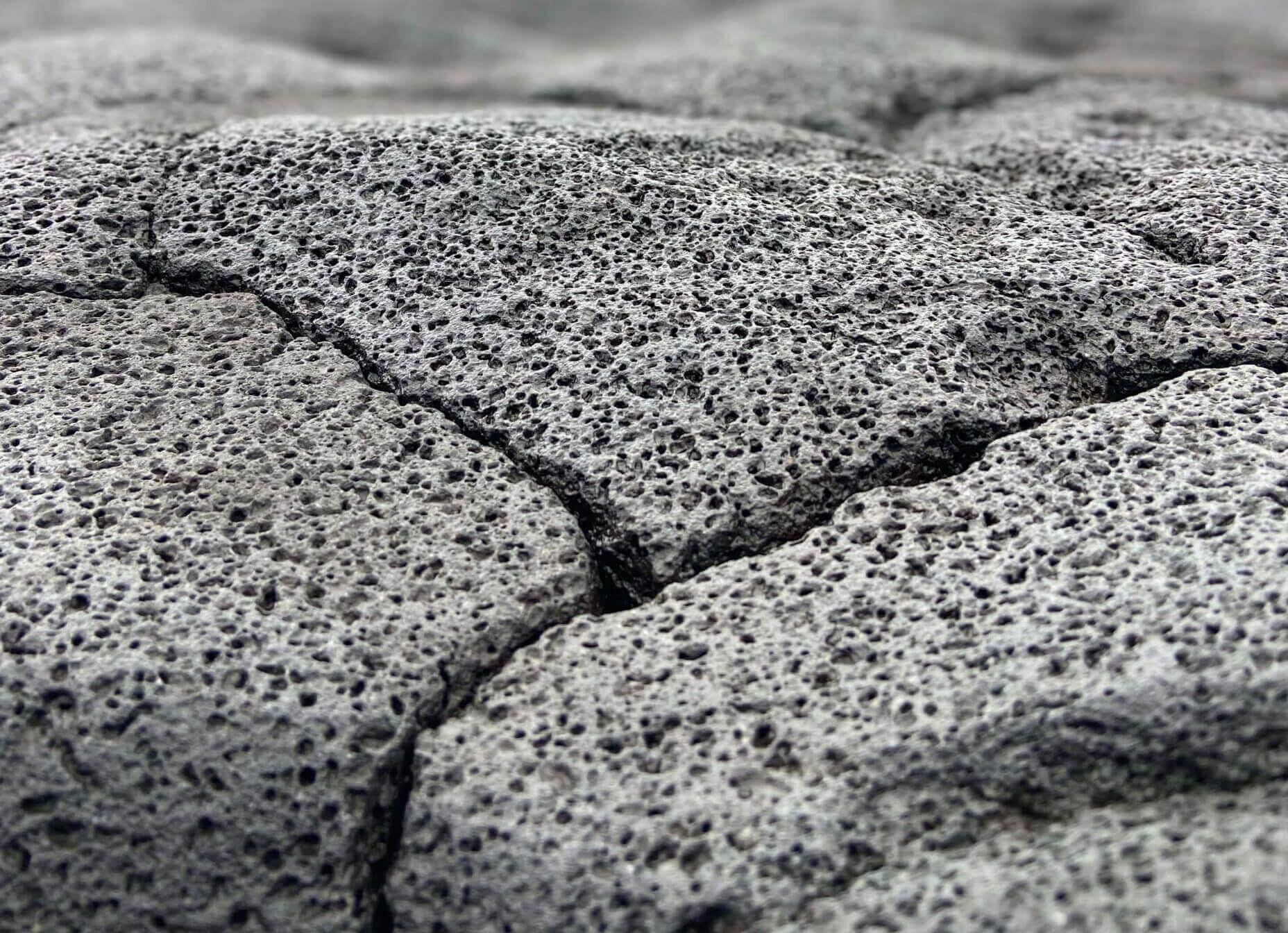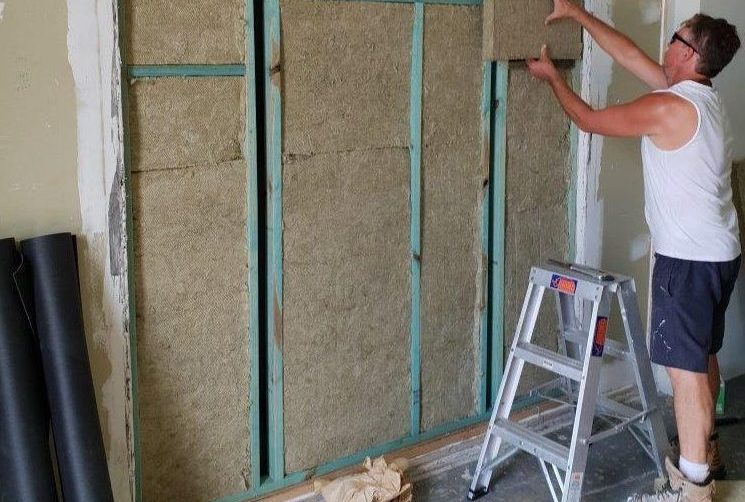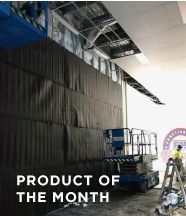At Soundproof Warehouse, we recognise that our customers are looking for as much value as possible and might like to tick off their soundproofing and heat insulation all at once.
Our Fibretex soundproof panels (also known as Rockwool Insulation) represent your best choice in dual-purpose insulation. If you’re looking at how to insulate your house for winter and also protect yourself against sound annoyance or sound pollution, then this is the blog for you.
Read on to discover more.
What is thermal insulation?
At Soundproof Warehouse, we specialise in (you guessed it) soundproofing products. Therefore, we’ve definitely covered all things to do with acoustic insulation — especially in our learning hub.
However, what we haven’t given as much attention to so far is thermal insulation. So, let’s go over a definition and a bit of an explanation to set the scene.
The Miriam Webster Dictionary defines thermal insulation as “the process of insulating against transmission of heat”. However, what you’d probably most like to know is how thermal insulation is used and what applications it is best for, i.e. its purpose.
The purpose of thermal insulation
Most people use thermal insulation to keep their house or other premises cool in Summer and warm in Winter. This is due to properties that reduce heat movements and vapour condensation. Benefits of thermal insulation include reducing humidity, preventing the spread of mould and (in very cold climates) working as a deterrent against frost and freezing conditions.

Is acoustic insulation the same as thermal insulation?
There are some basic differences between acoustic insulation and thermal insulation. If you’re wanting to insulate for both noise and thermal control, it’s important to recognise that these objectives (and their applications) are a bit different. You can’t argue with science, and at Soundproof Warehouse, we’re 100% transparent about that. Let’s take a closer look.
Explore Our Fibertex Insulation
How does thermal insulation work?
Thermal insulation works by limiting heat transfer. What is heat transfer? It explains how heat (in its natural state) will move from higher to low-temperature areas until the temperature is stabilised across both areas. Thermal insulation works by obstructing the movement of this heat flow. You could think of it as similar to an esky or a thermos.

It achieves this by acting as a radiant barrier (typically using a thin foil layer) to reflect thermal radiation away from a heat source, e.g. the sun. Or, it can perform its function via countless tiny air pockets, which break up and slow down the conduction of heat. This is known as bulk insulation. Materials such as wool and polyester are especially effective when it comes to this function.
It follows that forms of insulation are typically placed within interior walls and in other spaces and crevices. They act as a barrier to prevent heat from both entering and escaping to where it isn’t wanted. Because thermal insulation works to provide better temperature regulation, it can often help to reduce expenditure on those ever-incoming energy bills!
How does acoustic insulation work?
Acoustic insulation deals with reducing the transfer of sound through a structure. There are two main methods of soundproofing, which you can learn more about via another section of our website. For the purposes of this topic, we are focusing on Fibretex insulation (aka Rockwool). Fibretex, as a product, fits under the banner of sound absorption.

For sound absorption to occur, sound waves must enter the ‘pores’ of a material. Once these are essentially trapped, friction and viscosity resistance converts (absorbs) at least a certain part of the sound energy into kinetic energy.
Because they are more easily penetrable, porous-type substances are typically used for sound absorption. This is alongside substances displaying an ideal density (and other key properties) that allow for effective soundproofing.
Does acoustic insulation have thermal properties?
You’ll find that acoustic insulation materials will have thermal properties, to at least to some degree. Therefore, the good news is that the use of thermal insulation materials will generally improve your soundproofing endeavours.
However, acoustic insulation is typically much denser than thermal insulation. In fact, for any product to earn a classification in providing soundproofing it must fall within a certain density range. That’s why you should look for a product with the correct density, as well as a composition that works to slow down heat transfer.
A product that squarely meets this criterion for both acoustic and thermal insulation is our Fibretex insulation (otherwise known as Rockwool).
Benefits of Fibretex soundproof wall panels

There are many benefits to using Fibretex insulation (also known as Rockwool). These encompass the objectives of noise reduction and temperature control.
It’s made with a nominal density of 100kg/m3, which more than meets the 10kg/m3 minimum industry requirement. Perhaps most importantly, Fibretex is attributed the highest possible rating (NRC 1) for sound absorption, ie. soundproofing.
Fibretex is a relatively lightweight yet incredibly durable product. It’s also hydrophobic, meaning it can resist water penetration. This makes Fibretex suitable for use in humid environments, such as those sweltering Australian summers.
Another highly attractive feature is this product’s overall cost-effectiveness and adaptability to a range of applications — including those situations where sound reverberation is particularly problematic.
Know more about Our Fibretex Insulation here
What is Fibretex i.e. Rockwool made from?
As the name Rockwool suggests, this is a stone-based insulation. It is made from mineral fibre/stone wool that is derived from the abundant lava deposits of volcanic rocks. These are melted in a special furnace that works a lot like a controlled man-made volcano. Technicians spin the re-melted lava as it comes out of the furnace, add a water repellency treatment and bind the material into the consistency of a wool-like fleece.

DIY acoustic insulation & thermal insulation with Fibretex
Fibretex is suitable for DIY installation. Our panels have a weight of just 3.5 kg, which is easy for most people to handle. You can check out our FAQ (scroll to Fibretex) for more information on using the product. You can use it as both acoustic and thermal insulation inside walls.
With such a high sound absorption rating and water resistance, you can also use Fibretex for noisy industrial structures and settings such as around pool pumps, inside generator bays, on steel containers and more. A top tip to make it more aesthetically appealing is to wrap it in fabric to customise its look.
What’s your solution when you need to reduce both temperature and noise transfer? As this blog shows, it has to be our Fibretex soundproof panels! We’ve aimed to show you in both theoretical and practical detail just how this dual-purpose product functions.

Find out more/request a quote for soundproofing materials
Of course, for more tailored guidance you can talk to the professional team at Soundproof Warehouse. Contact us for some friendly advice or to get a quote for your soundproofing materials today.




















